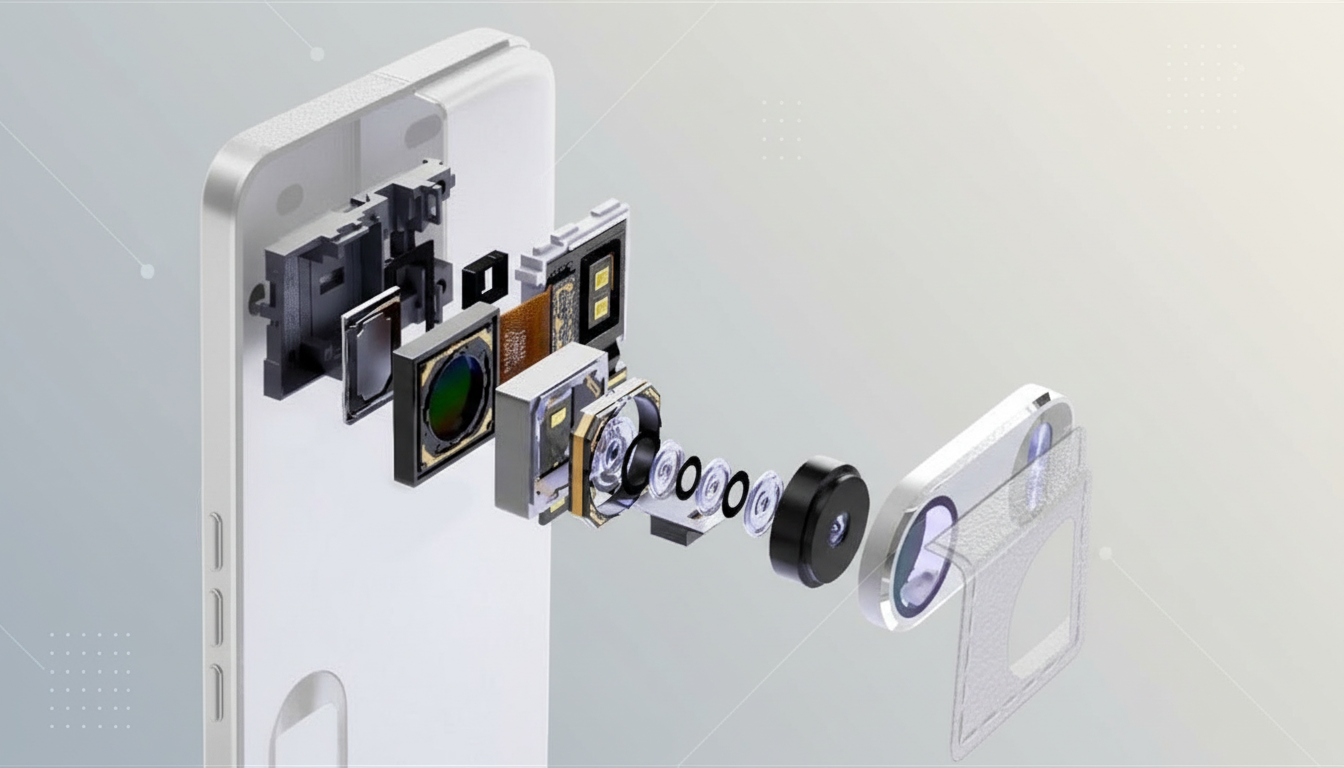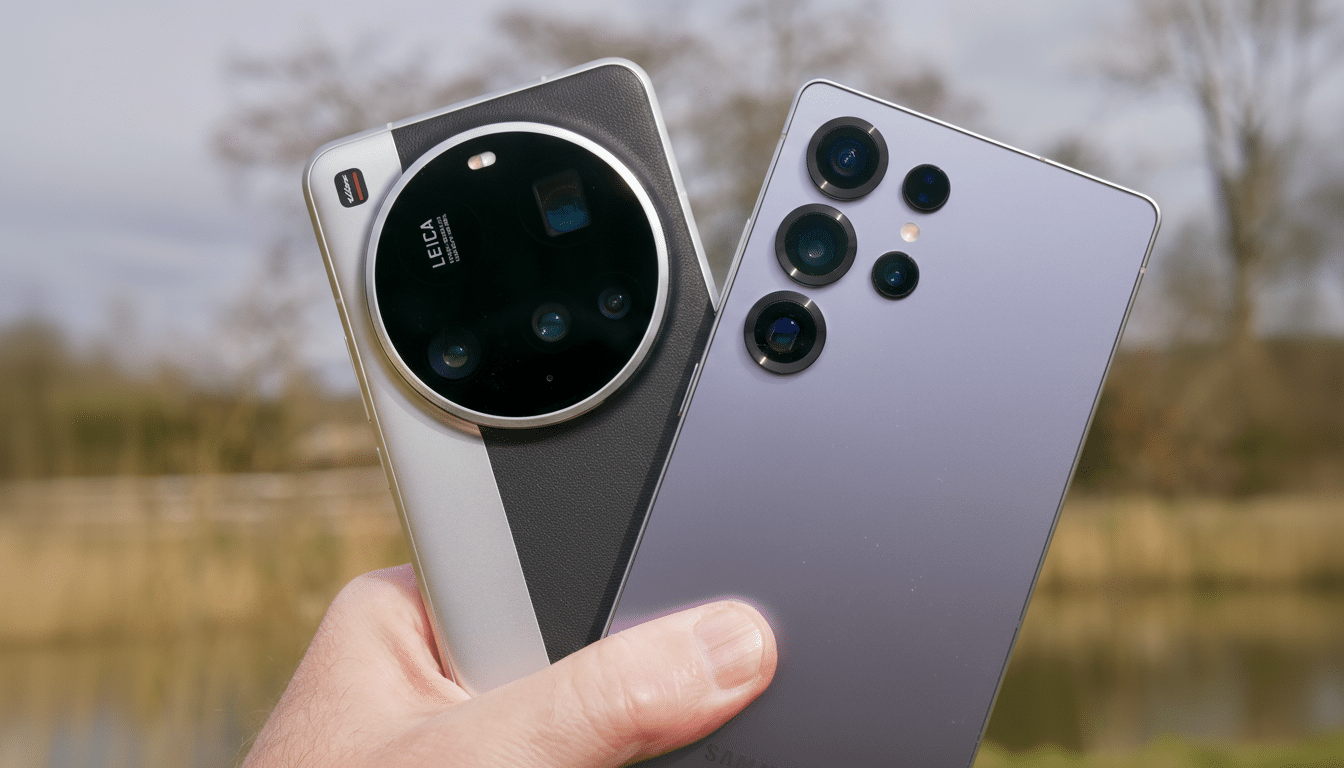Five trends make phone camera specs matter. I used to skim past megapixels, apertures, and sensor sizes. A phone camera was just a backup for memories, not a reason to buy. Then a handful of changes in how I live and work forced a rethink—and now camera specs sit near the top of my shopping list.
It’s not only a personal pivot. As computational photography and new optics redraw the limits of mobile imaging, more buyers are weighing camera performance as a primary feature. Industry analysts repeatedly rank cameras among the top purchase drivers, and it’s easy to see why once you look beyond marketing buzzwords.

Travel memories demanded archival quality
Casual snapshots turned into a long-term archive once I began traveling more seriously. Tour highlights, dimly lit interiors, and fast-changing weather exposed the difference between a competent shooter and a forgettable one. And when you plan to revisit those photos years from now—or print them—sharpness, reliable color, and dynamic range matter.
Rise Above Research estimates that more than 1.5 trillion photos are taken annually, with over 90% captured on smartphones. That volume isn’t just social-media fodder; it’s our collective memory. Bigger sensors, often around 1/1.3-inch or larger, multi-frame HDR, and smarter white balance now separate phones that preserve the moment from those that merely approximate it.
Convenience overtook carrying and maintaining camera gear
I loved carrying a DSLR—until the weight stopped loving me back. Long days, crowded transit, and a shoulder that complained made a convincing case for a single device. The best phone cameras can’t defy physics, but they do narrow the gap enough that leaving the camera bag at home is no longer a painful compromise.
Optical image stabilization, faster lenses, and on-device noise reduction mean I can shoot handheld at night or in museums, then edit on the spot. For many people, the economics favor phones too: competitive midrange models now deliver image quality that used to be exclusive to premium tiers, reducing the need to buy and maintain a second system.
Low light, fast subjects, and optical reach changed priorities
Most of my personal gallery is pets and people indoors—rapid, unpredictable, and often under bad lighting. I developed a simple test: can a phone render detail and texture on a dark subject in a dim room without turning the frame into mush? It’s where specs translate directly to outcomes. Here, sensor size and pixel binning help; so do larger apertures and robust OIS to keep shutters open longer.

Just as critical is optical reach. Periscope telephotos enhance clean in-sensor zoom, letting me capture a candid across the room without stepping into the moment. Debates over focal lengths are not academic—the recent shift from 10x to 5x optical on some flagships shows how one change can alter what you can shoot.
Modern content demands made pro-grade phone video essential
Even when trips slowed, work picked up: product shots, quick how-tos, and short-form clips now live or die on a phone’s camera stack. A device that nails exposure consistency across lenses, focuses reliably on small objects, and records stable 4K saves hours in retakes and edits.
More than 5 billion people are on social platforms, according to DataReportal, so short-turnaround visuals are the lingua franca. The A-feature set—like 10-bit HDR video, subject tracking, and clean audio pipelines—isn’t vanity—it’s a workflow accelerator. The right camera phone lets you shoot, grade lightly on-device, and publish without a detour to a studio.
Comparisons and benchmarks sharpened how I read specs
Years of side-by-side testing changed how I read spec sheets. A 50MP sensor means little without strong processing; a fast lens can still flare or smear detail; a “portrait mode” is only as good as its edge detection. Public benchmarks from groups like DxOMark and blind comparisons run by prominent reviewers frequently upend assumptions about which brands are ahead.
Consumer research from firms like Counterpoint indicates that camera quality consistently ranks among top purchase drivers, jostling with battery life and price. That aligns with my own buying calculus: I still chase value, but I now insist on certain baselines—reliable low-light, true optical zoom, consistent color across lenses, and software support that keeps the imaging pipeline improving over time.
In the end, five shifts—archival travel needs, the convenience of one device, the realities of low light and reach, modern content demands, and relentless comparisons—made camera specs impossible to ignore. I do not chase every spec anymore; I do my best to choose the ones that can serve how I shoot. It’s the difference between a phone, I suppose, and a camera I trust.

